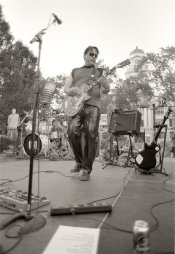FilmOnly
Member
With my Pentax gear, I had been using a Y1 yellow filter in order to get rid of the washed out white skies that often result in B&W photography. This seemed to work fairly well. I am not interested in adding any effects or alterations. Now that I am using Canon and Nikon gear, I am a bit confused in regard to a yellow filter choice. Which would proudce a natural looking photo (especially in regard to the sky): a K2, Yellow 8, No. 48, etc.? I gather there may perhaps be some replication in the various naming conventions.











